Kitesurf Rash guards
()Sort by
-
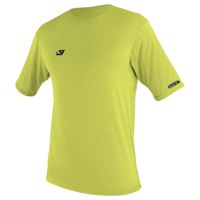
O´neill Wetsuits Premium Skins Youth Short Sleeve Surf T-Shirt
21.99 €
-
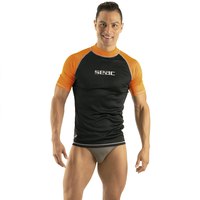
SEAC T-Sun Short Sleeve T-Shirt
18.99 €
-

SEAC Raa Evo Long Sleeve T-Shirt
24.49 €
-
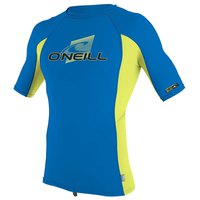
O´neill Wetsuits Basic Skins Sun Long Sleeve Rashguard
17.49 €
-
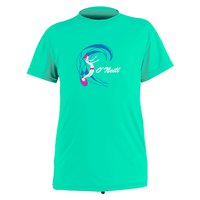
O´neill Wetsuits O´Zone Toddler Short Sleeve Surf T-Shirt
19.99 €
-
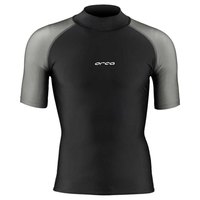
Orca Bossa Short Sleeve Rashguard
44.99 €
-

Orca Bossa Short Sleeve Rashguard
44.49 €
-

O´neill Wetsuits Premium Skins Girl Short Sleeve Surf T-Shirt
19.49 €
-

O´neill Wetsuits Basic Skins Crew T-Shirt
19.49 €
-

SEAC T Sun Short Sleeve T-Shirt
20.99 €
-
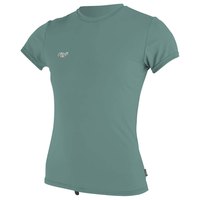
O´neill Wetsuits Premium Skins Girl Short Sleeve Surf T-Shirt
14.99 €
-

SEAC T Sun Short Sleeve T-Shirt
9.99 €
-
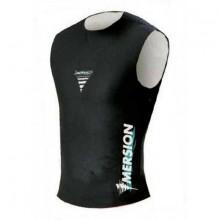
Imersion Aquaskin Neo Vest Woman
35 €
-
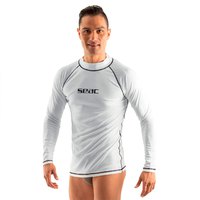
SEAC T Sun Long Sleeve T-Shirt
22.99 €
-

SEAC T-Sun Long Sleeve T-Shirt
23.99 €
-

Orca Tango Short Sleeve Rashguard
59.49 €
-

Cressi Blacklite 3.5 mm Vest
41.49 €
-

Aqualung Rashguard Sf Long Sleeve Man
37.99 €
-

Beuchat Sleeveless T-Shirt
44.99 €
-
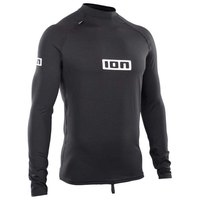
ION Promo Rashguard T-Shirt
38.49 €
-

O´neill Wetsuits Basic Skins Rash Tee S/S T-Shirt
20.99 €
-

O´neill Wetsuits Premium Skins Youth Short Sleeve Surf T-Shirt
24 €
-

O´neill Wetsuits Basic Skins Rashguard T-Shirt
21.99 €
-
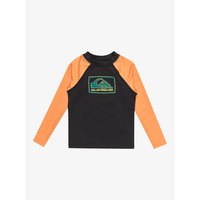
Quiksilver Upf50 UV Long Sleeve T-Shirt
17.99 €
-
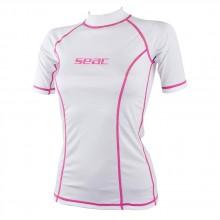
SEAC T Sun Short Sleeve T-Shirt Woman
20.99 €
-

Aqualung Rashguard Sf Long Sleeve Woman
37.99 €
-

Aqualung Rashguard Sf Short Sleeve Woman
39 €
-
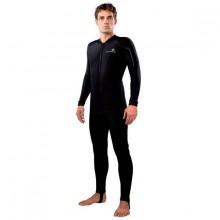
Lavacore Suit
198 €
-

Beuchat Atoll Short Sleeve T-Shirt
26.99 €
-

Beuchat Atoll Short Sleeve T-Shirt Woman
27.49 €
-

Beuchat Atoll Short Sleeve T-Shirt
23.99 €
-
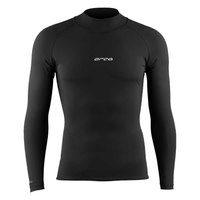
Orca Tango Long Sleeve Rashguard
66.99 €
-

O´neill Wetsuits Basic Skins Crew T-Shirt
19.49 €
-

O´neill Wetsuits Basic Skins Rashguard T-Shirt
16.99 €
-

SEAC T-Sun Long Sleeve T-Shirt
24.99 €
-

SEAC T-Sun Short Sleeve T-Shirt
23.49 €
-
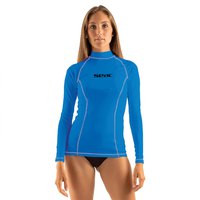
SEAC T-Sun Long Sleeve T-Shirt Woman
27.99 €
-

Aqualung Rashguard Sf Long Sleeve Man
45 €
-

Aqualung Rashguard Sf Long Sleeve Woman
45 €
-

Aqualung Rashguard Sf Short Sleeve Man
31 €
-

Aqualung Top Ceramiqskin Long Sleeve Man
143.99 €
-

Aqualung Top Ceramiqskin Short Sleeve Man
138.99 €
-

Gill Hydrophobe UV Long Sleeve T-Shirt
63.99 €
-

Beuchat Sleeveless T-Shirt Woman
44.99 €
-

Apeks Thermiq Hooded Vest 4/3 mm
158.99 €
-

ION Promo Rashguard T-Shirt
38.49 €
-

O´neill Wetsuits Basic Skins Rashguard T-Shirt
23.99 €
-

O´neill Wetsuits Thermo X Crew T-Shirt
45.99 €
-

O´neill Wetsuits O´Zone Toddler Short Sleeve Surf T-Shirt
15.49 €
-

O´neill Wetsuits O´Zone Toddler UV Long Sleeve T-Shirt
22.99 €
-

O´neill Wetsuits O´Zone Toddler UV Long Sleeve T-Shirt
19.49 €
-

O´neill Wetsuits O´Zone Toddler UV Short Sleeve T-Shirt
16.99 €
-

O´neill Wetsuits O´Zone UV Toddler Shorts Rashguard
21.99 €
-

O´neill Wetsuits O´Zone Sun Shirt Toddler T-Shirt
19.99 €
-
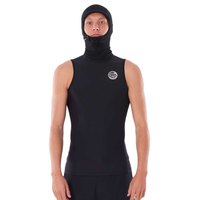
Rip Curl Flashbomb Hood Vest 0.5 mm T-Shirt
84.99 €
-
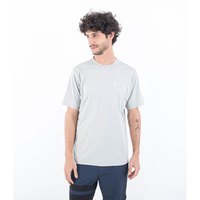
Hurley Everyday Hybrid UV Short Sleeve T-Shirt
32.99 €
-
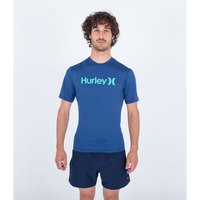
Hurley Oao Quickdry Short Sleeve Rashguard
32.99 €
-

Hurley Everyday Hybrid UV Short Sleeve T-Shirt
28.49 €
-

Hurley Everyday Hybrid UV Short Sleeve T-Shirt
32.99 €
-
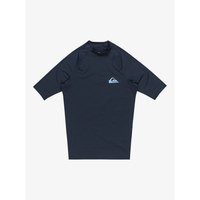
Quiksilver Upf50 UV Short Sleeve T-Shirt
24.99 €
-

Quiksilver Upf50 UV Long Sleeve T-Shirt
19.99 €
-
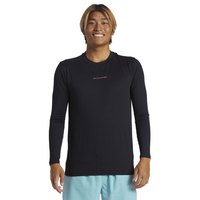
Quiksilver Surf UV Long Sleeve T-Shirt
32.99 €
-

Quiksilver Upf50 UV Short Sleeve T-Shirt
20 €
-

Mares Thermo Guard 0.5 She Dives Short Sleeve T-Shirt Woman
55.16 €
-

Mares Rash Guard Trilastic Shorts
18.99 €
-
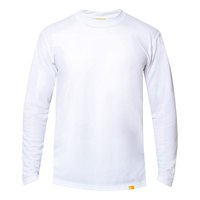
Iq-uv UV 50+ Long Sleeve T-Shirt
40.99 €
-
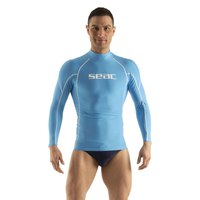
SEAC RAA Evo Long Sleeve T-Shirt
23.99 €
-
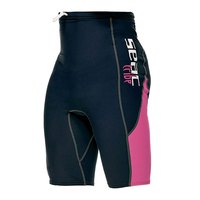
SEAC RAA Evo Pants Woman
21.99 €
-

SEAC T Sun Long Sleeve T-Shirt Woman
23.99 €
-
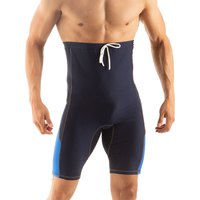
SEAC RAA Evo Pants
25.99 €
-
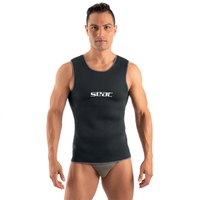
SEAC 2.5 mm Vest
32.99 €
-

Aqualung Top Ceramiqskin Long Sleeve Woman
143.99 €
-

Aqualung Top Ceramiqskin Short Sleeve Woman
149 €
-

Aqualung Rashguard Sf Short Sleeve Man
36 €
-

Aqualung Rashguard Lf Long Sleeve Man
44.99 €
-

Aqualung Rashguard Lf Long Sleeve Woman
54.99 €
-

Aqualung Rashguard Sf Short Sleeve Woman
38.99 €
-

Aqualung Rash Guard Xscape Short Sleeve T-Shirt
31 €
-
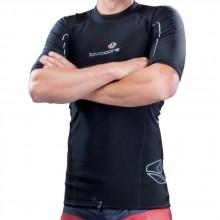
Lavacore Short Sleeve T-Shirt
94.99 €
-
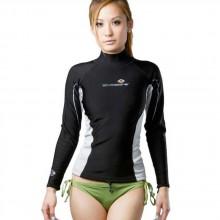
Lavacore Long Sleeve T-Shirt Woman
84.99 €
-

Beuchat Atoll Short Sleeve T-Shirt
22.99 €
-
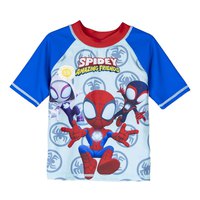
Cerda Group Spidey Rashguard
9.99 €
-

Cerda Group Avengers Rashguard
9.99 €
-
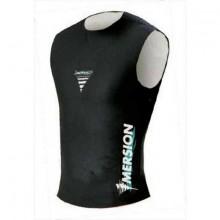
Imersion Aquaskin Neo Vest
35 €
-

Orca Tango Woman Long Sleeve Rashguard
66.99 €
-
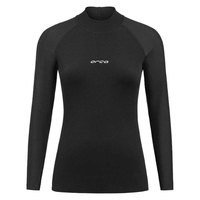
Orca Tango Thermal Woman Long Sleeve Rashguard
74.49 €
-
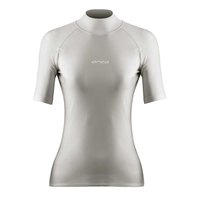
Orca Bossa Woman Short Sleeve Rashguard
44.49 €
-

Orca Thermal Thermal Undersuit
114.99 €
-

ION Promo Rashguard T-Shirt
38.49 €
-

O´neill Wetsuits Premium Skins Youth Short Sleeve Rashguard
22.99 €
-

O´neill Wetsuits O´Zone UV Toddler Shorts Rashguard
21.99 €
-

O´neill Wetsuits Basic Skins T-Shirt
22.49 €
-

O´neill Wetsuits Thermo X Crew S/S T-Shirt
36.99 €
-

O´neill Wetsuits 4169B Premium Skins Short Sleeve Rashguard
31.99 €
-

O´neill Wetsuits 4175 Premium Skins Youth Short Sleeve Rashguard
22.99 €
-

O´neill Wetsuits Premium Skins Short Sleeve Rashguard
31.99 €
Tips for choosing a thermal and UV protection suit
A loose fit short sleeve t shirt is a type of casual shirt that is designed to have a relaxed, comfortable fit and provides UV protection. Loose fit short sleeve t shirt is often made from soft, lightweight fabrics.Wetsuit basic skins are thin, form fitting garments that are designed to be worn underneath a wetsuit. Wetsuit basic skin is made from lightweight, stretchy materials that protect from UV radiations.
A watersport long sleeve t shirt is a type of shirt that is designed for people who participate in water based activities by giving protection against thermal and UV rays. Watersport´s long sleeve t shirts are typically made from a lightweight and quick drying fabric.
A basic skin rash guard is a form fitting athletic shirt designed to protect the wearers skin from irritation, rashes, UV rays, and sunburn. You can buy basic skin rash guards from Jobe, O´neill wetsuits, Roxy, Quiksilver, and Rip Curl.
Choosing a thermal and UV protection suit, often referred to as a wetsuit or a drysuit, is important for staying comfortable and protected in various water activities, such as surfing, diving, snorkeling, or paddleboarding. Here are some tips to help you select the right suit:
Determine your activity type:
Consider the specific water activity you´ll be doing. Wetsuits are suitable for activities where you expect to get wet but want some insulation, while drysuits are designed for keeping you completely dry in cold water.
Know your water temperature:
The water temperature is a critical factor in choosing between a wetsuit and a drysuit and in selecting the appropriate thickness or type of suit. Here´s a general guideline:
Warm Water: A shorty wetsuit or rash guard for UV protection may be sufficient.
Mild to Cool Water: A full wetsuit with varying thickness 3mm to 5mm is suitable.
Cold Water: A thicker full wetsuit 5mm or more or a drysuit with thermal undergarments is recommended.
Consider UV protection:
If you´re exposed to the sun, choose a suit that offers UV protection. Look for a suit with a high Ultraviolet Protection Factor UPF rating. Some wetsuits have built in UV protection, while others require wearing a rash guard or UV shirt underneath.
Fit is crucial:
Ensure that the suit fits snugly but comfortably. A proper fit helps the suit function effectively and minimizes water entry.
Pay attention to sizing charts provided by the manufacturer and try the suit on if possible before purchasing.
Choose the right style:
Wetsuit styles include full suits, shorties, spring suits, and farmer john/jane suits. Choose the style that suits your water temperature and activity type.
Drysuits come in a variety of styles as well, including front entry, rear entry, and shell suits. Select the one that best suits your needs and comfort.
Consider seams and zippers:
High quality wetsuits have sealed, blind stitched, or glued and taped seams to prevent water entry. Drysuits often have waterproof zippers and seals at the wrists and ankles to keep water out.
Insulation and lining:
Insulated wetsuits have a lining material commonly neoprene that traps a thin layer of water next to your body, which your body then heats up to provide insulation. Drysuits rely on thermal undergarments for insulation. Choose appropriate undergarments for the water temperature.

























